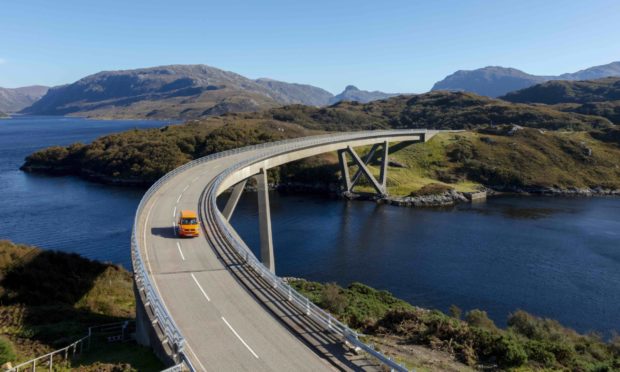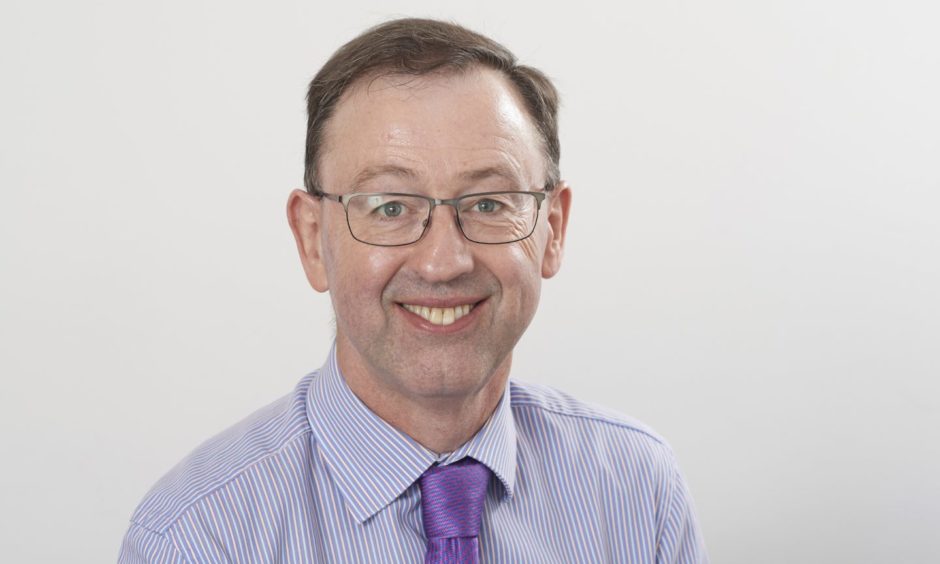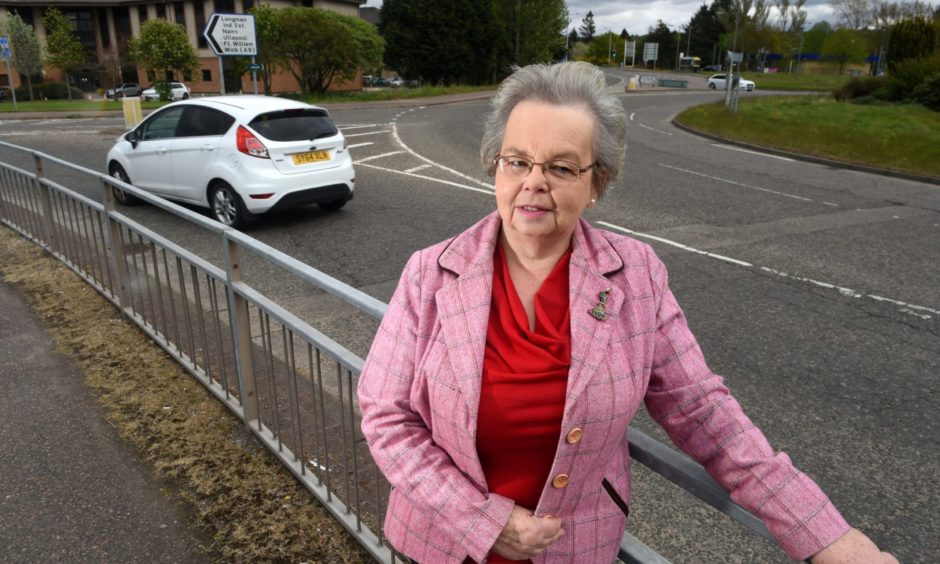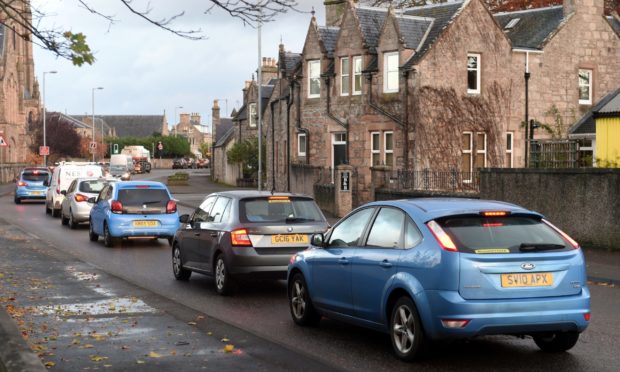Inverness Chamber of Commerce boss Stewart Nicol says the road and rail infrastructure in the north “is not fit for purpose in the 21st Century”.
It comes as polling by Survation for DC Thomson identified the state of the roads and congestion as important issues for both younger and older residents, particularly amongst residents in Moray and the Highlands.
Our focus group research, carried out ahead of May’s Holyrood election, revealed voters have concern over the completion of major infrastructure projects to dual the A9 between Inverness and Perth and the A96 connecting Aberdeen to Inverness, which have been delayed by the Covid-19 pandemic.
The prioritisation of greener public transport options was also highlighted by members of our focus group, particularly in Aberdeenshire and the Highlands.
Broadband connectivity was flagged as an issue for participants in Highland areas – particularly with more people working from home and relying on better connectivity.
The lack of public transport was also mentioned by those living in Aberdeenshire, with poor connections to the city and infrequent buses.
‘Pressing issues’
Stewart Nicol, chief executive of Inverness Chamber of Commerce, described transport and digital connectivity as “pressing issues” for communities and business across the Highlands.
The northern part of the Scottish Government’s superfast broadband rollout will not be finished until 2026, four years later than originally planned.
The R100 scheme was meant to deliver superfast broadband to 100% of premises by the end of 2021.
“Digital connectivity is an absolute essential and I think the last year of businesses having to manage the impacts of the Covid restrictions have illustrated that as we all work from home or try to move our business model online,” Mr Nicol said.
“Tourism is one of our region’s biggest sectors and that’s a global marketplace so digital connectivity, online presence and being able to trade globally is absolutely fundamental to business and we just don’t have an adequate broadband infrastructure in place.”
The Chamber has welcomed announcements on the dualling of the A9 but only one stretch has been completed so far, between Luncarty and Birnam.
Transport bosses expect to confirm this year if the current timescales for dualling the A9 and A96 “remain deliverable”, after being struck by delays.
Mr Nicol said the schedule of 2025 for the A9 is looking “extremely challenging”.
He said: “There was a commitment to do the A96 between Inverness and Aberdeen and there hasn’t been a foot of that road dualled since the announcement so there has to be some degree of urgency, accountability and action on the ground, where it matters.
“We’ve campaigned on rail connectivity between Inverness and Aberdeen and the central belt and, again, there has been some progress but not the progress that we really need.
“Our region is large, we are separate from the central belt and Aberdeen, so we need basic road infrastructure and basic digital infrastructure that just isn’t there.”
“The road and rail infrastructure just is not fit for purpose in the 21st Century.”
Need for investment
“It’s the lack of resources that is the problem,” according to Councillor Trish Robertson, who heads up Highland Council’s economy and infrastructure committee.
The total Highland Council land area – including all islands – is nearly the size of Belgium and presents unique challenges for roads maintenance.
Cllr Robertson said: “The money that’s sent to the Highlands isn’t enough to cover the roads that we have.
“The money we have available for road resurfacing is a third of what’s required.
“We need an investment over and above our budget to address the challenge.”
Cllr Robertson described the completion of the A9 as “vital” for the region and said the rail network between Inverness and Aberdeen is also “due an upgrade”.
She agreed that broadband provision in the north is inadequate, with some people left unable to connect during the Covid-19 pandemic.
The Liberal Democrat councillor added: “If we had proper broadband then we would not have suffered quite so much over this last year.
“Some people just haven’t been able to connect to be able to do business from home.
“It just hasn’t happened quickly enough for Highland, we always come to the bottom of the pile.
“We’re not seen as a priority because we are so sparse in population but what we will have from the summer is a massive influx of tourism.”
‘It is not good for the children…’
Jennifer, 23, who lives in a coastal village in Aberdeenshire and took part in our focus group, told us the local bus service is “not very frequent, unaffordable and inconvenient as well”, with only one bus every hour to hour and a half.
Donald, 34, from Forres in Moray, said “major investment” is needed in roads, with temporary fixes often being used to fill potholes that are “just not effective, at all”.
He said: “We should use money more effectively and make more effort to fix the holes rather than just resurface the area.”
Gordon, 68, who lives in Nairn, described the traffic in the town as “horrendous”, adding it has been for “years, if not decades”.
He said: “It’s not just the anger and the frustration, it’s the pollution it brings. The A96 goes past one of our primary schools.
“It is not good for the children or grandchildren.”



